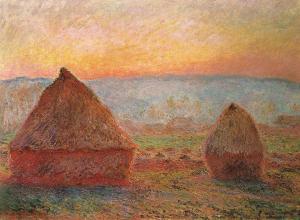Watch how two architects use 3D printing to build new coral reefs and address California’s housing crisis.
When architects Ronald Rael and Virginia San Fratello (who work together as Rael San Fratello) became interested in 3D printing, the technology was too expensive for them to use, so they hacked printers and developed their own materials. “One of our goals is to make this technology accessible to more people. We have a bit of an activist agenda about that, and that is something that underlies a lot of our work.” While most 3D printing uses plastic, they have printed with locally sourced materials “that are recycled or upcycled or sustainable,” such as grape skins and seeds left over from the winemaking process, clay, salt, coffee grounds, sawdust, and rubber car tires.
In addition to household objects, they’ve applied their work in 3D printing to coral reef restoration around the world and the housing crisis in California’s Bay Area. The projects begin with printing individual components that can form larger structures or systems. Their designs for coral seeding units, in partnership with SECORE, a nonprofit organization focused on coral reef restoration, provide protection for coral larvae to settle and reproduce. In response to local laws that relaxed requirements for building secondary housing units, they created a prototype cabin in their backyard out of 3D–printed ceramic tiles. Made of natural materials from nearby Sonoma and the Sierra Nevadas, the tiles respond to the environment around them, taking on moss and lichen over time. “Ultimately we won’t really care that they were 3D printed. All of that will become invisible. And I think that’s the definition of success.”




















![DEl Kathryn Barton [Australian b. 1972] the more than human love , 2025 Acrylic on French linen 78 3/4 x 137 3/4 inches 200 x 350 cm Framed dimensions: 79 7/8 x 139 inches 203 x 353 cm](/sites/default/files/styles/image_5_column/public/ab15211bartonthe-more-human-lovelg.jpg?itok=wW_Qrve3)


